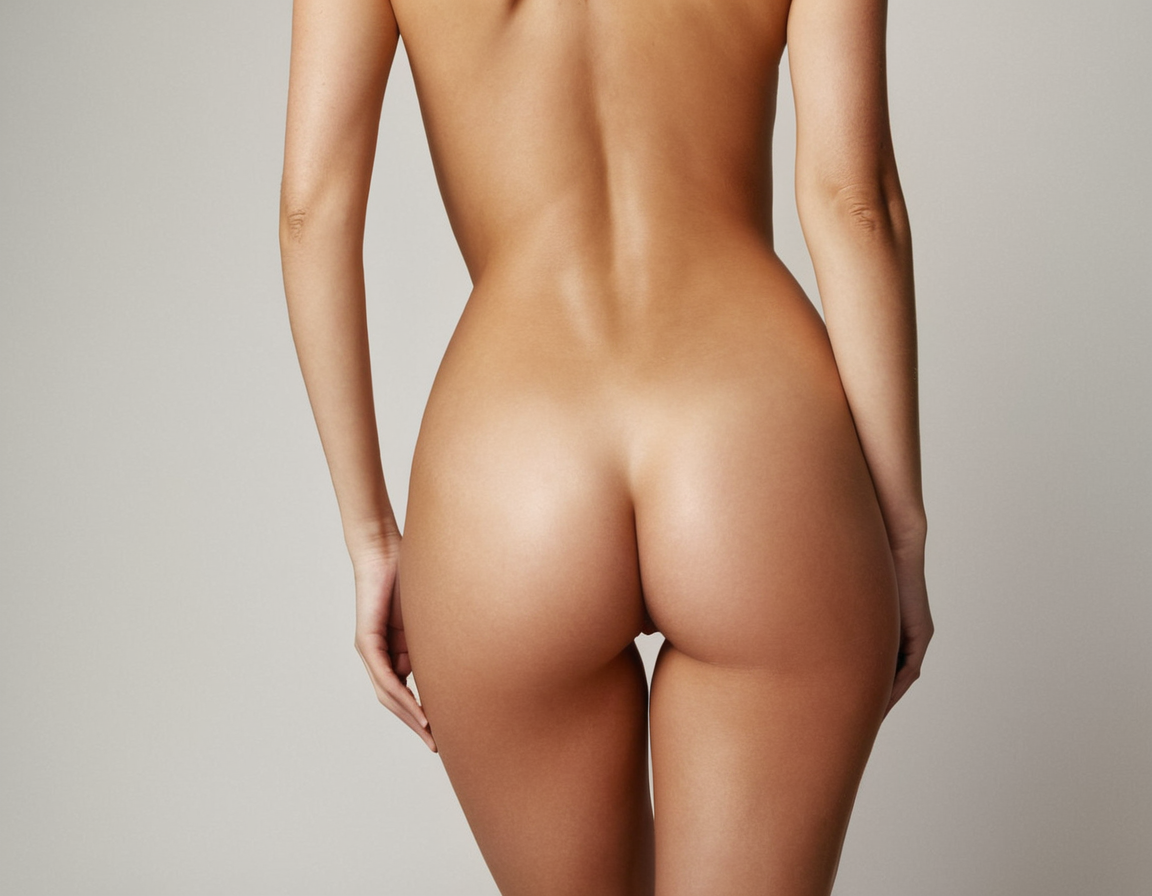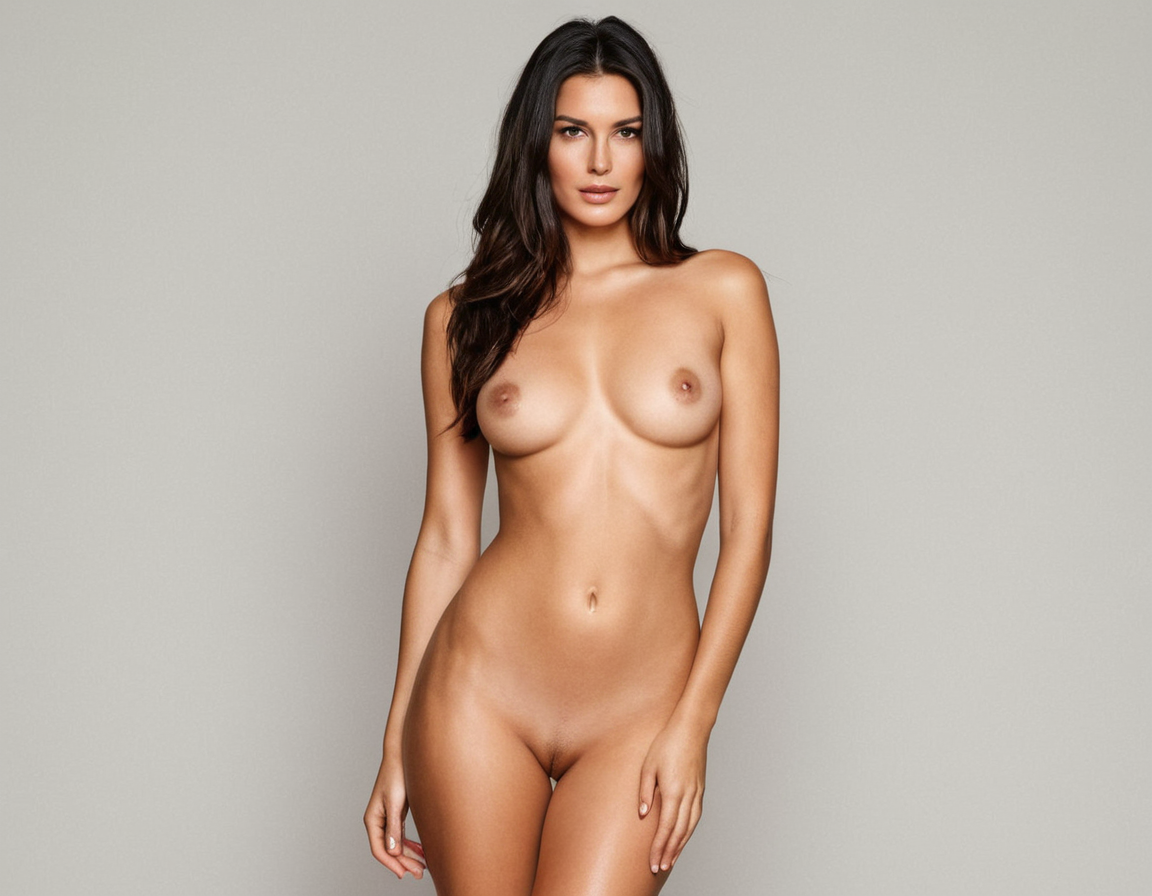: Unveiling Bare Beauty: Exploring the Sensual Delights of Naked

The naked human form has always been a source of fascination and admiration for art enthusiasts, photographers, poets, writers, and designers alike. It is not just about beauty; it’s an exploration of shapes, forms, textures, and emotions that the clothed body often hides. This blog post delves into the sensual delights of nakedness and its profound impact on various aspects of human life – from art to psychology and beyond.
Nakedness in Art: Timeless Beauty Captured in Time
Art has been a constant companion throughout human history, serving as a mirror that reflects societal values, beliefs, and aesthetics. The naked body has been an integral part of artistic expression since the dawn of civilization. From ancient cave paintings to Renaissance masterpieces, artists have celebrated the natural beauty of the human form through their creations.
In modern times, photographers like Annie Leibovitz and Jock Sturges have captured the raw essence of nakedness in their stunning works. They explore not just physical aesthetics but also convey a sense of vulnerability, strength, and grace that clothes often conceal. These artworks are more than mere visual delights; they encourage us to appreciate the beauty in simplicity and embrace our natural selves without judgment or shame.
Psychology of Nakedness: Stripping Away Barriers
Nudity is not just about physical exposure; it also has profound psychological implications. Removing clothes can symbolize removing layers of protection, enabling deeper connections with oneself and others. Psychologists often use nakedness as a tool to help individuals overcome body image issues or foster trust in therapeutic settings like nude yoga classes or body acceptance workshops. Learn more about Bare
Moreover, research suggests that being comfortable in one’s own skin can boost self-esteem and confidence levels significantly. In such contexts, the act of “bearing all” becomes a liberating experience rather than an embarrassing one. It is about embracing vulnerability as strength instead of perceiving it as weakness.
Nakedness in Fashion: Pushing Boundaries and Reimagining Style
Fashion has always been known for pushing boundaries, challenging societal norms, and redefining beauty standards. Designers like Jean-Paul Gaultier and Alexander McQueen have dared to incorporate naked bodies into their creations, turning the concept of “nude” clothing on its head. This approach not only celebrates body positivity but also challenges traditional fashion conventions, provoking thought and conversation around societal expectations regarding beauty and modesty.
Sexuality and Nakedness: Celebrating Intimacy Without Objectification
Learn more about Beauty
Nudity is inherently intertwined with human sexuality, yet it doesn’t have to be reduced solely to its erotic connotations. In healthy relationships, nakedness can symbolize intimacy, trust, and vulnerability without objectifying or demeaning partners. It invites a deeper emotional connection beyond physical desires, fostering understanding, empathy, and mutual respect.
Conclusion: Cherishing the Beauty of Bare Essence
Nakedness is more than just the absence of clothing; it’s about embracing our raw essence – be it in art, psychology, fashion, or sexuality. It encourages us to look beyond societal norms and expectations, celebrating the beauty of simplicity and vulnerability. By appreciating nakedness without objectification or judgment, we can foster a more accepting and compassionate society that cherishes individual differences while promoting self-confidence, trust, and empathy.

